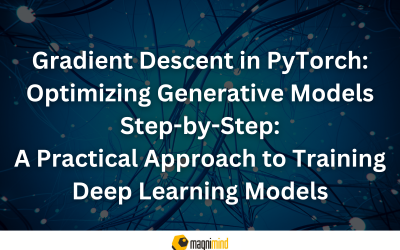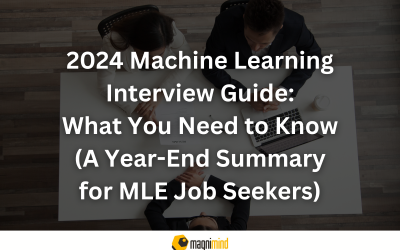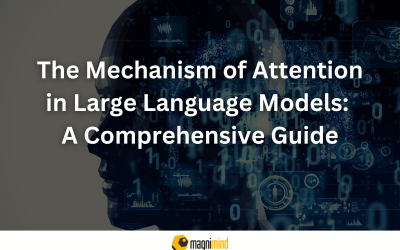The tradeoff between variance and bias is a fundamental concept in the field of machine learning, and it refers to the fact that there is always a balance to be struck between a model’s ability to accurately capture the underlying structure of the data, and its ability to generalize to new data. In other words, there is a tradeoff between a model’s bias and its variance.
A model with high bias will make strong assumptions about the data, such as assuming that the data is linearly separable, or that it follows a particular distribution. As a result, such a model will be less flexible, and will be less able to capture the complex underlying structure of the data. However, because it makes strong assumptions about the data, a model with high bias will also have lower variance, and will be less sensitive to random fluctuations in the training data.
On the other hand, a model with low bias will be more flexible, and will be able to capture more of the complex underlying structure of the data. However, because it is more flexible, a model with low bias will also have higher variance, and will be more sensitive to random fluctuations in the training data. In other words, a model with low bias is more likely to overfit to the training data, and will be less able to generalize to new data.
The tradeoff between variance and bias is an important consideration in the development of any machine learning model, and it is one of the key challenges that data scientists must grapple with. In order to strike the right balance between variance and bias, data scientists must carefully tune the parameters of their models, and must carefully select the features and algorithms that will be used to build the model.
Ultimately, the goal is to find a model that has both low bias and low variance, which will be able to accurately capture the underlying structure of the data, while also being able to generalize to new data. This is not always easy to achieve, and it requires a careful and iterative process of experimentation and optimization. However, by understanding the tradeoff between variance and bias, data scientists can develop more effective machine learning models, and can better understand the limitations and strengths of their models.



